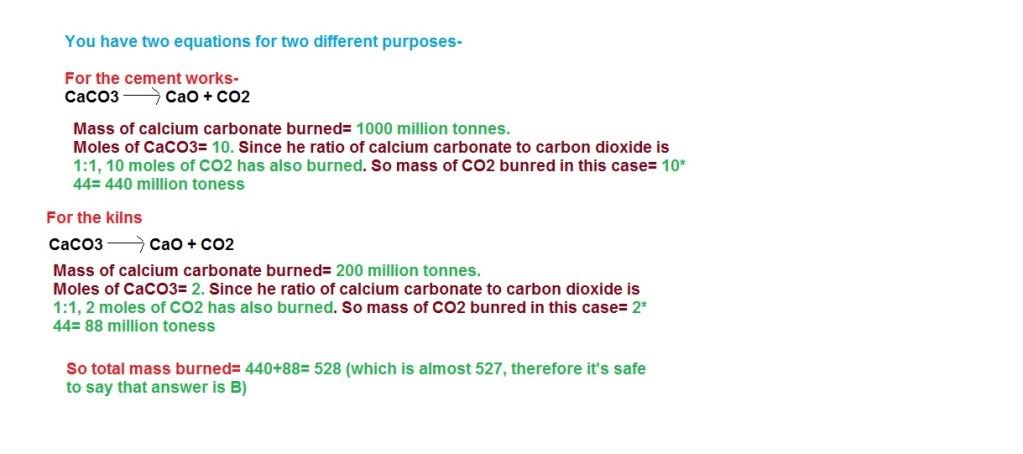- Messages
- 22
- Reaction score
- 6
- Points
- 13
oh! i get it XD
thanks ^^
can u please help me with these :
34) A student puts 10 cm3 of 0.100 mol dm–3 sulfuric acid into one test-tube and 10 cm 3 of 0.100 mol dm–3 ethanoic acid into another test-tube. He then adds 1.0 g (an excess) of magnesium ribbon to each test-tube and takes suitable measurements. Both acids have the same starting temperature.
Neither reaction is complete after 2 minutes, but both are complete after 20 minutes.
Which statements are correct?
1 After 2 minutes, the sulfuric acid is at a higher temperature than the ethanoic acid.
2 After 2 minutes, the sulfuric acid has produced more gas than the ethanoic acid.
3 After 20 minutes, the sulfuric acid has produced more gas than the ethanoic acid.
(answer: 1,2,3)
39) Use of the Data Booklet is relevant for this question.
In an organic synthesis, a 62% yield of product is achieved.
Which of these conversions are consistent with this information?
1 74.00g of butan-2-ol → 44.64 g of butanone
2 74.00g of butan-1-ol → 54.56 g of butanoic acid
3 74.00g of 2-methylpropan-1-ol → 54.56 g of 2-methylpropanoic acid
(answ: 1,2,3)
40)
http://www.xtremepapers.com/papers/... AS Level/Chemistry (9701)/9701_w10_qp_12.pdf
(answ: 1only)

